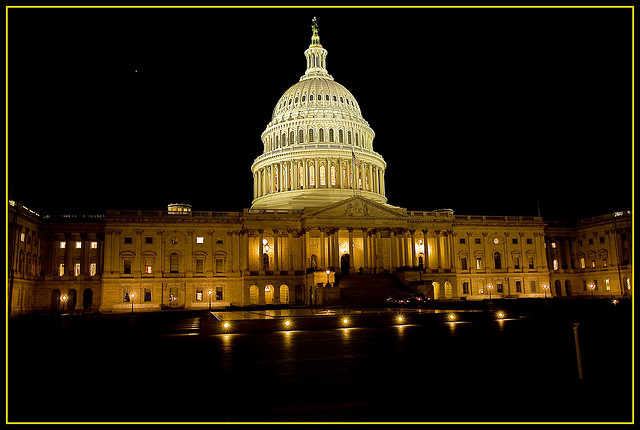Editor’s note: This is the first post in a series of guest posts from the PRSA National Capital Chapter publicity committee leading up to the PRSA 2014 International Conference, October 12 – 14. Follow the Conference conversation by searching the hashtag #PRSAICON and following our PRSA National Events Twitter handle, @PRSAevents.
After college, I debated where to start my PR career. Because Washington, D.C. offered nonprofit, government and corporate communications opportunities, I chose to stay in the area. And I’m glad I did. I love living here–the academic environment, the interest in politics and global affairs, the numerous parks mixed with a city environment, the diversity, museums, the proximity to the beach (2.5 hrs.) and the mountains (1.5 hrs.), great restaurants, museums, theater, concerts–it was a no-brainer for me. I love D.C. and here are some fun facts to help you start your own love affair while you’re here for the PRSA International Conference:
- Smart and wealthy: Often cited as the most educated population in the country, and by some measures the most affluent, the 5.8M residents that live in the D.C. metro area (D.C. plus MD and VA suburbs) comprise the largest metropolitan area in the Census Bureau’s southeast region and the seventh largest metro area in the country (2012 U.S. Census Bureau).
- Fit: D.C.’s high average fitness level, healthy eating habits, availability of health care and sports facilities, low rates of obesity and tobacco use (compared to the national average), and high median household often puts the city in the top spot in the 2014 American College of Sports Medicine’s annual American Fitness Index.
- Successful women: Women in the metro area have one of the highest income and educational attainment among the 25 most populous metro areas in the U.S. (American Human Development Project).
- Congress is in: At the top of Capitol dome just below the statue of Freedom, there are two lights which signal that either one or both houses of Congress are in night sessions. The white light signifies that the House of Representatives is in night session; and the red light signifies that the Senate is in night session. When both are lit, they signify that the two houses of Congress are in night sessions or that the two houses are in joint night session.
- Flying high: There is a no fly zone over parts of D.C. including the Capital and the White House. There are three airports serving the D.C. region: Baltimore-Washington International Airport, Dulles International Airport and Reagan-National Airport. Reagan Airport is listed as #25 of the world’s scariest airports partially due to its short runways.
- Making the top grade with higher education: D.C. has more college students than Boston with 11 universities and colleges in the D.C. metro area.
- Global center: As a center of international activity, D.C. has 170 embassies and cultural centers.
- Can’t shop on this Mall: While you can’t shop on D.C.’s National Mall, the grassy area between the Capitol and Washington Monument is 1.4 times as big as Vatican City. The Mall is the 3rd most visited destination in the U.S.–behind Times Square and the Las Vegas strip.
- Keeping us safe: Home to the Department of Defense with 23,000 workers, the Pentagon is twice the size of Chicago’s Merchandise Mark and three times the size of the Empire State Building. The Pentagon (named for it’s five-sides) hallways are 17.5 miles making it one of the largest office buildings in the world. Located in Arlington, VA, the Pentagon was attacked on 9/11.
- Smithsonian is several buildings: Named for British scientist James Smithson, the Smithsonian Institution is comprised of 19 museums (11 on the Mall), nine research centers and the zoo. The Smithsonian’s extensive collection includes more than137 million items.
- A space odyssey: Welcoming more than 200 million visitors a year, the most popular Smithsonian museum is the Air and Space Museum.
- We love to walk: A 2007 Brookings Institute study found that D.C. is considered one of the most walk able cities in the U.S.
These are just some of the little known facts about D.C. I hope that when you come to D.C. for the PRSA International Conference in October you’ll take a few minutes to get to know the nation’s capital and maybe start a love affair of your own.
Sheri L. Singer is the owner of Singer Communications a PR, marketing and communications firm in Arlington, VA. She is a member of PRSA-NCC’s board of directors and is Chair of the PR Committee for PRSA’s 2014 International Conference.








